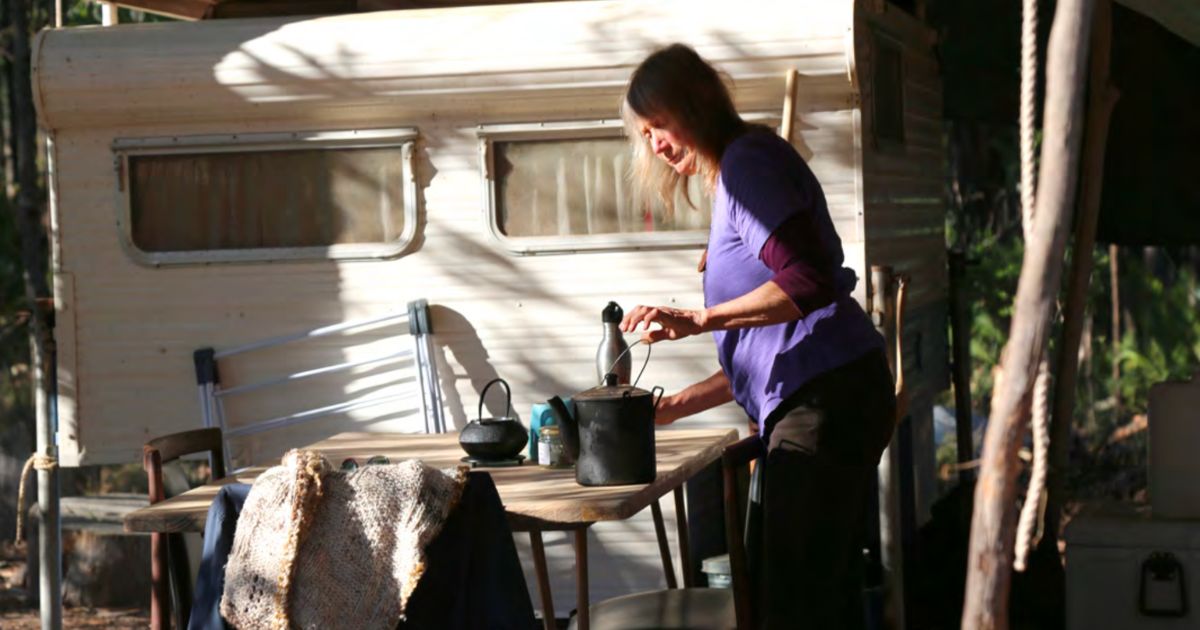Disasters fuelling homelessness in Northern Rivers

The Housing, Homelessness and Disasters National Symposium Final Report said recovery efforts must do more to protect people who are renting, living in insecure housing or already without a home when disaster strikes. Photo: SUPPLIED
A NATIONAL report has warned that climate disasters are worsening Australia’s housing crisis, with the Northern Rivers identified as one of the most at-risk regions.
The Housing, Homelessness and Disasters National Symposium Final Report, released in June by the Australian Red Cross, Homelessness Australia and HowWeSurvive UNSW, said recovery efforts must do more to protect people who are renting, living in insecure housing or already without a home when disaster strikes.
The report uses the 2022 Northern Rivers floods as an example of how a single event can overwhelm housing supply, noting the disaster hit an already overheated rental market and left thousands unable to return home.
It draws on earlier figures showing thousands of homes were uninhabitable or damaged and that many people remained in temporary accommodation including pod villages and caravans more than a year later.
Australian National University lecturer in anthropology Timothy Heffernan, in an article published in The Conversation, said disasters are “worsening the housing shortage, rendering more people at risk of homelessness.”
Heffernan noted that homeowners were often able to access insurance or repair funds, while renters faced “increased competition in an already tight market.”
The symposium report calls for a national framework linking disaster response, housing and homelessness policy. It recommends stronger protections for renters, pre-disaster planning to secure temporary and long-term housing, and more climate-resilient social and affordable housing.
It also urges governments to improve coordination between housing, health and social services, adopt “no wrong door” service access policies, and identify land that could be used for emergency housing before disaster occurs.
In the Northern Rivers, the symposium identified the strain on local services when thousands were displaced at once, along with gaps in data sharing and governance. It also recorded examples of effective responses, including trauma-informed, community-focused support in temporary housing villages.
Heffernan argued that homelessness planning “should be part of disaster planning, and vice versa” so that housing type and tenure do not put people at risk when future disasters occur.
BY CHLOE WILLIAMS


















